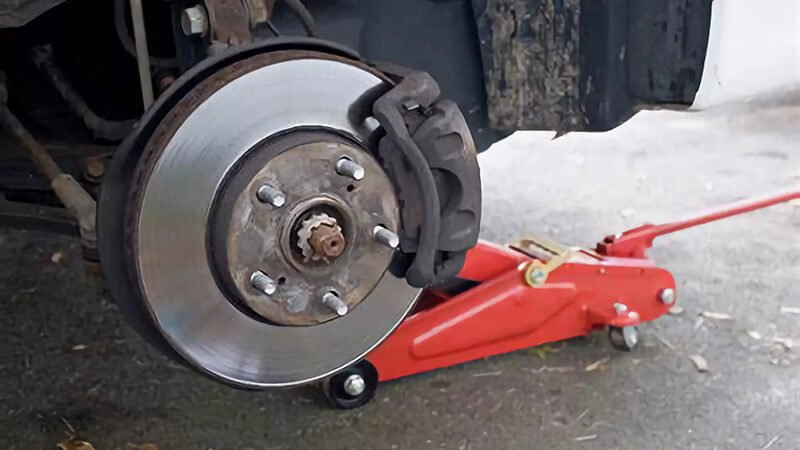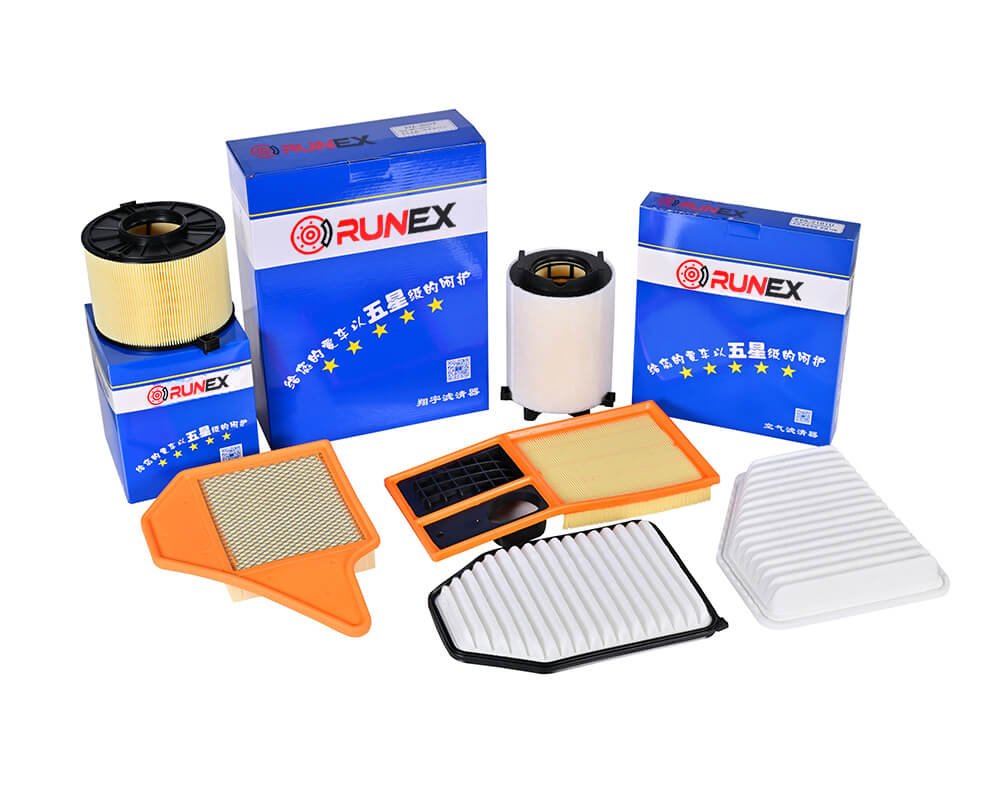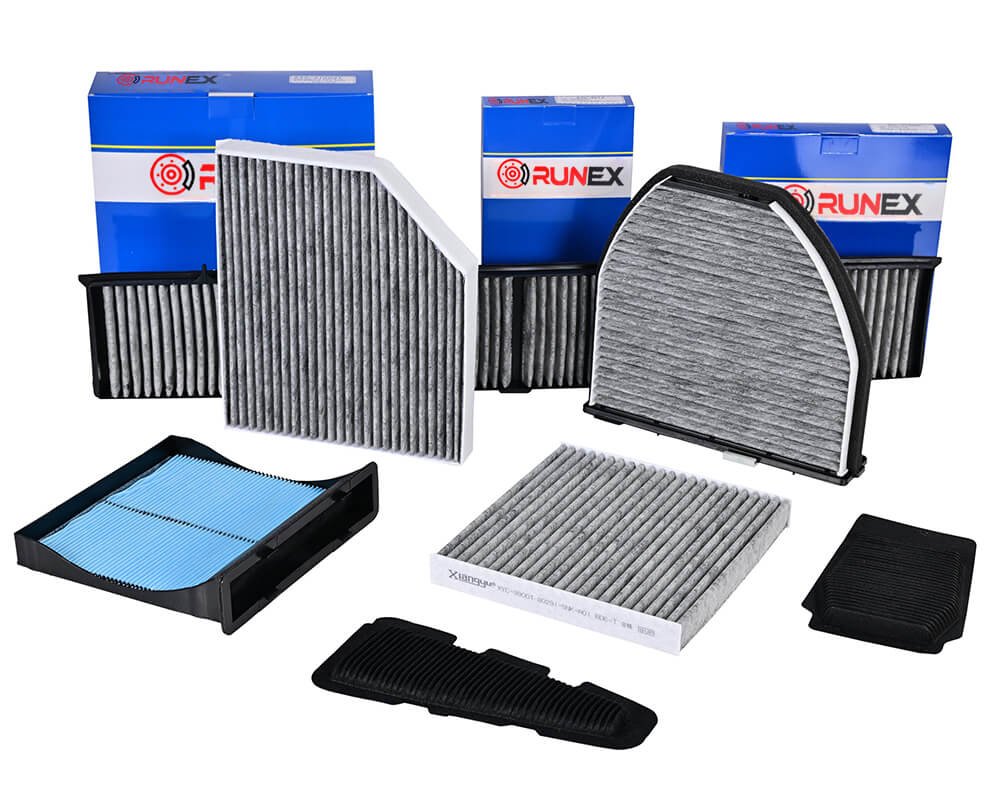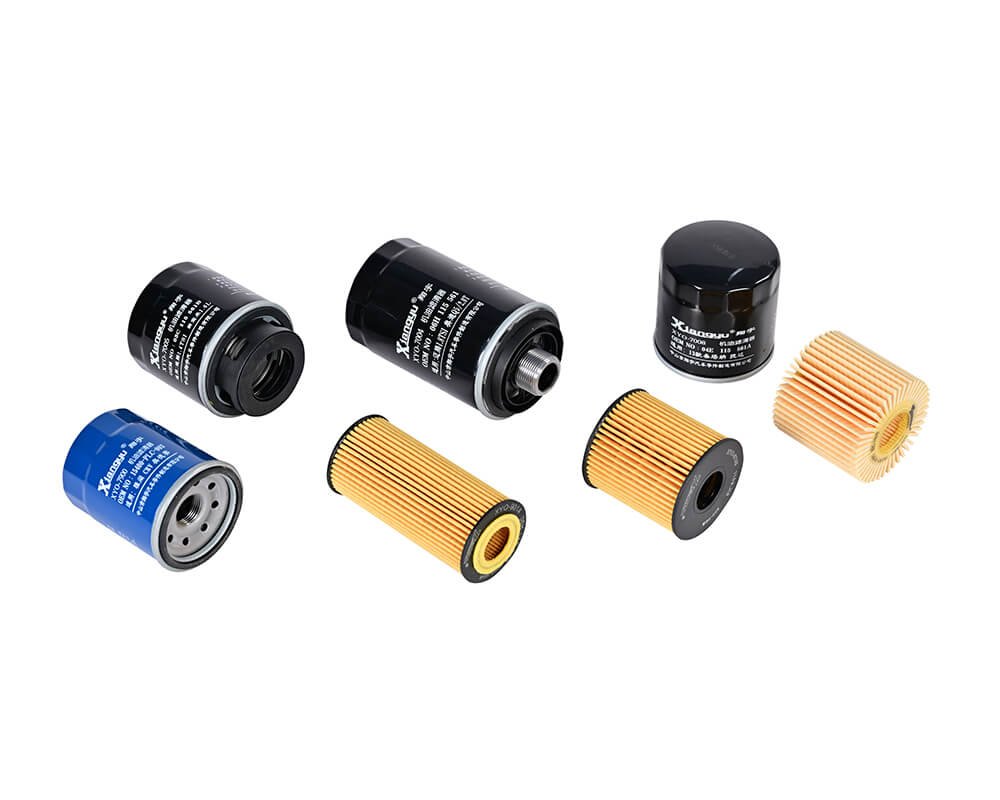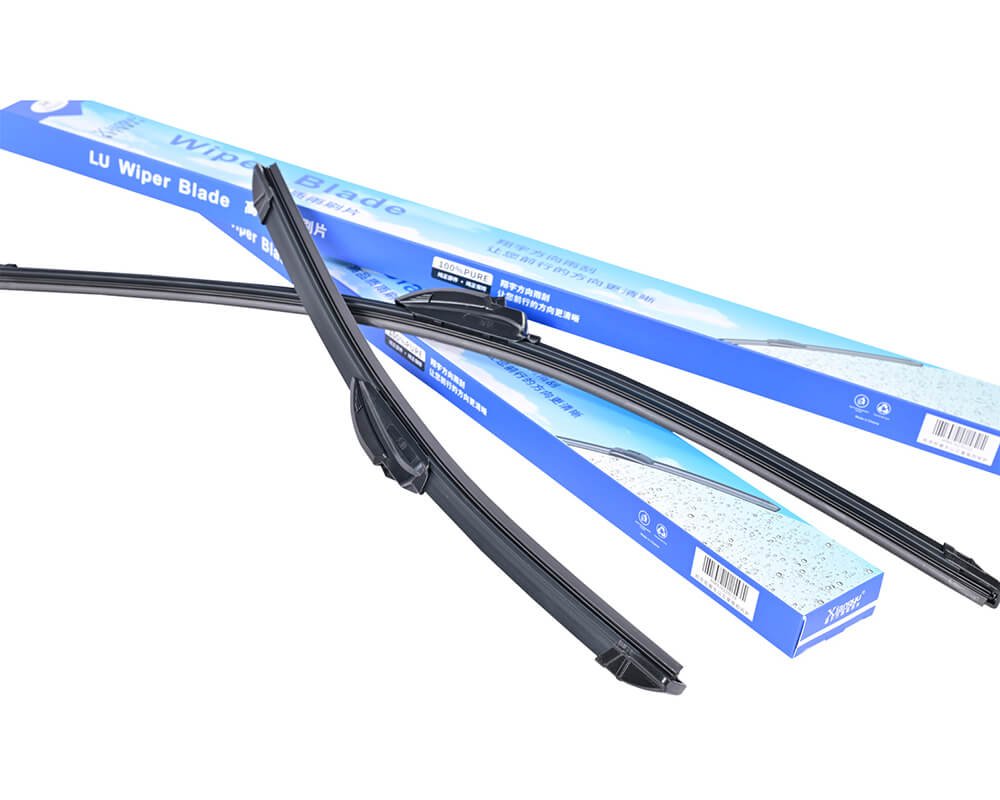Brake systems are the unsung heroes of vehicle safety, yet many of their components go unnoticed. Among these are brake shims—small but essential pieces that often determine the quality of your driving experience. But why do they matter so much?
Brake shims are thin layers of material installed between the brake pad and caliper. They help reduce noise, prevent vibrations, and optimize braking performance. Without them, your vehicle might suffer from irritating squeaks or uneven wear on brake pads.
Brake shims are often overlooked, but they are a critical part of ensuring a smooth, quiet, and effective braking experience. Let’s explore why these components are so important and what happens when they’re missing or improperly installed.

What is the purpose of brake shims?
Brake noise can be one of the most frustrating issues for drivers, but brake shims exist to solve this exact problem. Imagine driving a car that constantly emits high-pitched squeals every time you brake—annoying, right?
The primary purpose of brake shims is to act as a cushion between the brake pad and caliper. This minimizes noise and vibration while ensuring uniform pressure distribution for smoother braking performance how brake shims reduce noise and vibration1.
Dive deeper: The science behind shims
Brake shims are designed to manage the complex dynamics of a braking system. When you press the brake pedal, multiple forces and vibrations are generated:
- Friction and Heat: The brake pads press against the rotor, creating friction and heat that can distort metal parts effects of heat on braking components2.
- Vibration Transmission: Without a damping mechanism, vibrations travel through the brake caliper and into the vehicle body, causing noise and discomfort how brake shims dampen vibrations3.
- Material Flexibility: Shims made from rubber-coated steel or Teflon act as a flexible barrier that absorbs energy and reduces noise properties of shim materials4.
By absorbing and dissipating vibrations, brake shims help maintain comfort and improve braking consistency. This small but effective solution significantly reduces wear and tear on other components, improving the longevity of the entire brake system.
| Purpose | Description |
|---|---|
| Noise Reduction | Shims dampen high-frequency vibrations that cause squealing or grinding. |
| Vibration Absorption | Flexible material absorbs irregular forces, improving braking stability. |
| Heat Resistance | High-quality shims resist heat buildup, preventing performance loss. |
The inclusion of shims in modern braking systems represents a thoughtful design approach to address common braking issues before they occur.
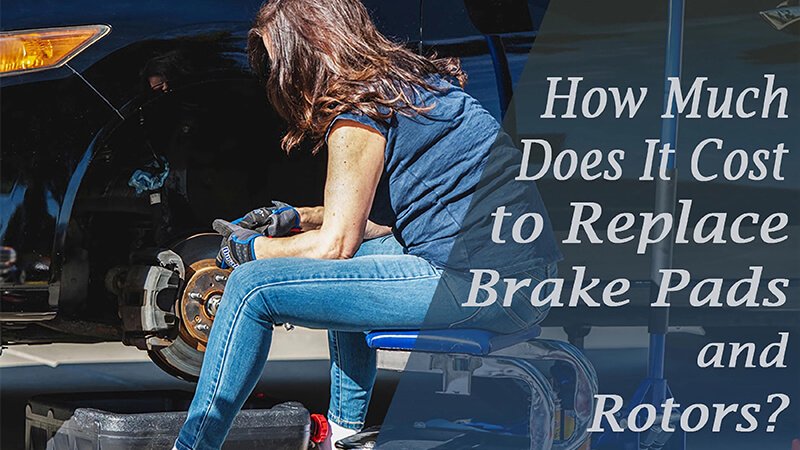
What is the importance of shims?
If you’ve ever driven a car with noisy or uneven brakes, you know how distracting and concerning it can feel. While you might assume the issue lies in the pads or rotors, shims are often the unsung heroes—or culprits.
Shims play an essential role in preventing premature wear of brake pads and maintaining a quiet, smooth ride role of brake shims in brake maintenance5. Without them, your brakes can become noisy, uneven, and less efficient over time.
Dive deeper: Long-term effects of shims
The true importance of brake shims becomes clear when you consider the broader impact on vehicle performance:
- Noise Suppression: Drivers often mistake noisy brakes as a sign of worn pads or poor-quality rotors. In reality, missing or damaged shims are often the primary cause how brake shims reduce brake noise6. Shims act as a barrier that prevents metal-on-metal contact, significantly reducing noise levels.
- Component Protection: Shims prevent uneven pressure distribution, which can lead to rotor warping or hot spots preventing rotor damage with shims7. A warped rotor creates inconsistent braking, increasing stopping distances and putting you at greater risk in emergencies.
- Brake Pad Longevity: Without shims, brake pads wear unevenly effects of shims on brake pad lifespan8. This not only shortens their lifespan but also increases the frequency of replacements, raising maintenance costs over time.
Additionally, high-quality shims enhance braking consistency, which is critical for high-performance vehicles or those used in demanding conditions, such as towing or frequent stop-and-go driving.
By ignoring the role of shims, you risk turning a relatively simple maintenance task into an expensive repair down the line.

What happens if you don't install brake pad clips?
It might seem tempting to skip small parts like clips or shims during a brake job, especially when you’re short on time or working with a tight budget. However, this can lead to significant consequences.
Without brake pad clips or shims, the pads may shift out of alignment, leading to uneven wear, reduced braking performance, and even damage to other components importance of brake pad clips and shims9.
Dive deeper: Understanding the risks
Brake pad clips are responsible for holding the pads securely in place. They might seem insignificant, but their absence can create a domino effect of issues:
- Pad Movement: Without clips, brake pads can slide within the caliper, leading to uneven wear and noise consequences of pad movement without clips10.
- Rotor Damage: Misaligned pads can cause grooves or scratches on the rotor surface, which reduce its efficiency how misaligned pads damage rotors11.
- Brake Fade: Excessive pad movement can introduce delays in braking response, compromising safety impact of brake pad movement on safety12.
Example: Real-world consequences
Imagine driving downhill in a vehicle without brake pad clips. As the pads shift within the caliper, they create inconsistent contact with the rotor risks of driving without brake pad clips13. This not only generates noise but also reduces the braking force. In emergency situations, this split-second delay can have life-threatening consequences.
By ensuring that clips are installed correctly, you can maintain the integrity of your braking system and avoid costly repairs or replacements.
| Issue | Consequences |
|---|---|
| Pad Misalignment | Leads to uneven wear and reduced braking efficiency. |
| Increased Noise | Causes squealing, clunking, or grinding sounds during braking. |
| Rotor Damage | Misaligned pads can gouge or warp the rotor, reducing its lifespan. |
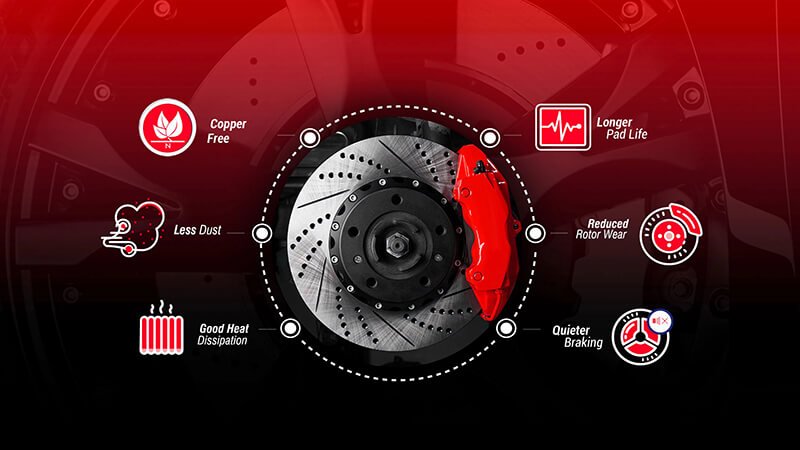
Do shims correct pad alignment?
Brake pad alignment is critical for efficient braking, and while shims are not the primary component for alignment, they do play a supportive role. Many people confuse their function, believing that shims are solely for noise reduction.
Shims indirectly assist in pad alignment by ensuring uniform contact between the pad and rotor role of shims in brake pad alignment14. This minimizes the risk of uneven pressure and helps maintain consistent braking performance.
Dive deeper: Enhancing pad alignment
Proper alignment of brake pads depends on several factors, including the caliper design, installation process, and complementary components like clips and shims. Here’s how shims specifically contribute:
- Uniform Contact: Shims ensure that the pad sits flush against the caliper, promoting even pressure distribution how shims ensure uniform brake pad contact15.
- Damping Effect: By reducing vibrations, shims prevent pads from shifting during operation vibration reduction and pad stability with shims16.
- Enhanced Stability: Shims work together with clips to hold the pads in place, ensuring consistent alignment how shims and clips maintain pad alignment17.
Alignment vs. Pressure Distribution
While shims cannot correct major alignment issues caused by poor installation or defective calipers, they play a critical role in maintaining pressure consistency difference between pad alignment and pressure distribution18. This prevents “hot spotting,” a condition where certain areas of the rotor experience excessive heat due to uneven pad contact.
By ensuring proper alignment and pressure distribution, shims protect your braking system from unnecessary wear and tear, providing peace of mind for drivers in all conditions.

Conclusion
Brake shims may be small, but they’re incredibly important. They reduce noise, control vibrations, and ensure consistent pressure between the brake pad and rotor. Neglecting shims or other components like clips can lead to noisy, uneven, and unsafe braking. By understanding their role and ensuring proper installation, you can maintain optimal performance and extend the lifespan of your brake system. Always invest in high-quality shims and clips—they’re a small price to pay for peace of mind on the road.
-
Learn how brake shims improve braking performance and reduce annoying squeals. ↩
-
Understand how heat impacts the durability and performance of brake components. ↩
-
Explore the mechanisms behind vibration reduction in braking systems. ↩
-
Discover the properties of rubber-coated steel and Teflon in brake shims. ↩
-
Understand how shims contribute to quiet, efficient, and smooth braking. ↩
-
Learn why missing or damaged shims often cause noisy brakes. ↩
-
Explore how shims protect critical braking components like rotors. ↩
-
Discover how shims improve brake pad durability and reduce replacement costs. ↩
-
Learn the critical roles clips and shims play in ensuring smooth and safe braking. ↩
-
Understand how pad movement causes uneven wear and noise. ↩
-
Discover how improper alignment can lead to grooves or scratches on rotors. ↩
-
Learn how pad movement affects braking efficiency and safety during emergencies. ↩
-
Explore real-world examples of the dangers posed by missing brake pad clips. ↩
-
Learn how shims support alignment and improve braking efficiency. ↩
-
Understand how shims promote even pressure distribution for consistent braking. ↩
-
Explore how shims help prevent pad shifting during operation. ↩
-
Discover the combined role of shims and clips in ensuring pad stability. ↩
-
Learn how shims contribute to consistent pressure without correcting major alignment issues. ↩

